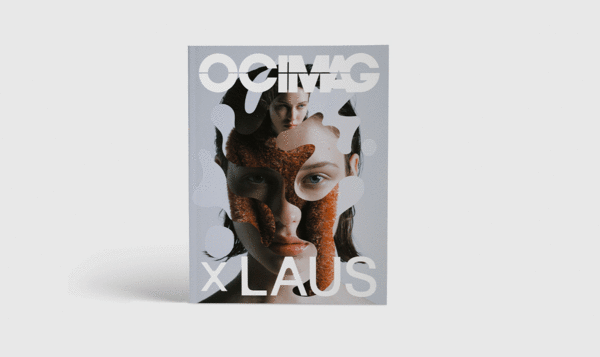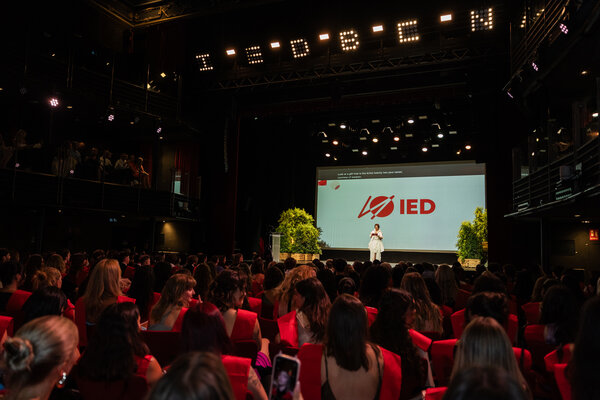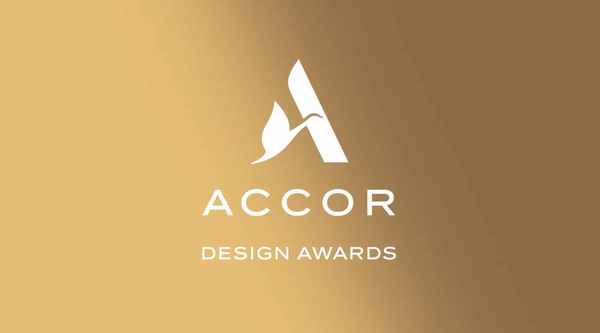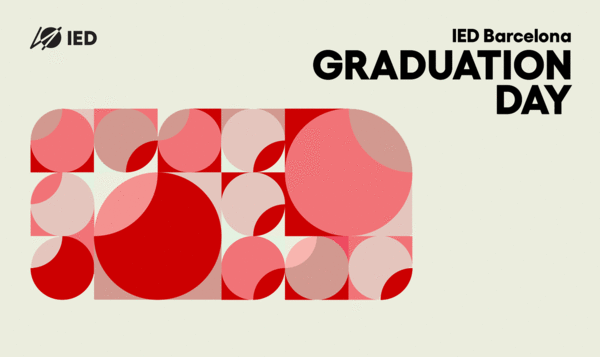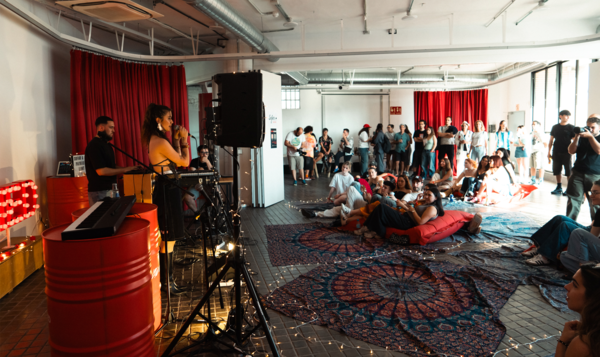Biophilic Design integrates natural elements into architecture and interior design.
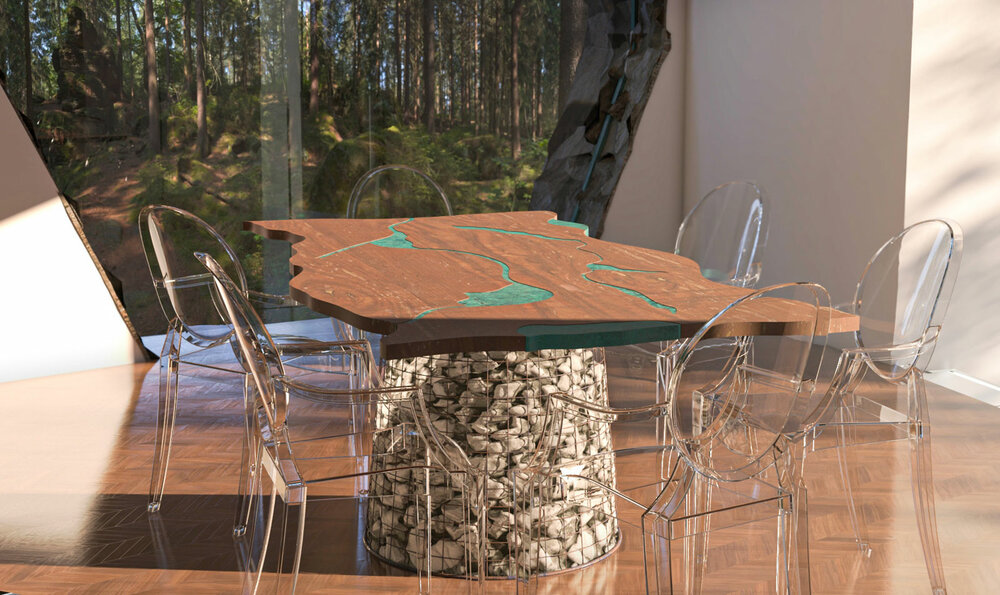
Biophilic Design: bringing nature indoors
Date
10 March 2025
This approach is based on the idea that contact with natural elements, such as light, greenery, organic materials, and forms inspired by the natural world, has a positive impact on psychological well-being, enhancing quality of life and productivity.
Biophilic Design goes beyond aesthetics, also promoting sustainable design by encouraging the use of eco-friendly materials, energy-saving solutions, and strategies to improve air quality and natural lighting.
From residential buildings to offices, hospitals to schools, Biophilic Design combines innovation, aesthetics, and environmental respect to make spaces more welcoming, healthy, and harmonious. It aligns with the DesignXCommons promoted by IED, which encourages collaborative design for the regeneration and sharing of common goods. Both design focuses highlight the social role of design in improving quality of life and making the spaces we live in more accessible and inclusive, addressing the environmental and eco-social challenges of the present and future.
What is Biophilic Design?
Biophilic design is a design approach that originates from the concept of biophilia, a term coined by psychologist Erich Fromm and later developed by biologist Edward O. Wilson, to describe the innate human attraction to nature and living systems. This method stands out from traditional interior design practices because it doesn’t merely integrate natural elements for aesthetic purposes, but aims to create environments that promote comfort through a holistic approach.
Natural light and ventilation, vegetation, organic materials like wood and stone, open spaces, and forms inspired by the natural world are just some of the elements carefully considered by designers following this approach. The final result is an environment that is pleasing to both see and live in, capable of reducing stress, improving concentration, and conveying a sense of well-being.
Concrete examples of biophilic design include green walls in offices to improve air quality, the use of large windows to maximise natural lighting and views of nature, the incorporation of fountains and water features to promote calmness, and the design of internal courtyards or rooftop gardens in urban environments to create stress-relieving spaces.
Benefits of Biophilic Design
Integrating natural elements into indoor spaces generates multiple scientifically proven benefits. Specifically, biophilic design:
- Reduces anxiety and stress: Exposure to natural elements, such as plants, water, and natural light, helps lower cortisol levels (the stress hormone) and promotes a state of relaxation.
- Improves mood and well-being: The presence of nature in enclosed spaces is associated with increased production of endorphins and serotonin, neurotransmitters related to happiness and emotional well-being.
- Increases productivity and fosters creativity: Biophilic environments improve concentration, memory, and cognitive abilities, reducing mental fatigue.
- Improves air quality: Plants filter pollutants like benzene, formaldehyde, and fine particulates, reducing symptoms such as headaches and respiratory irritations. They also regulate humidity, creating a healthier microclimate.
- Optimizes natural light. Biophilic design strategically uses natural light, reducing dependence on artificial lighting and preventing visual fatigue and insomnia.
Key elements of Biophilic Design
Biophilic design incorporates a range of natural elements, features, and materials, selected according on the type of environment and the specific goals to be achieved. Each space requires a coherent combination to meet the needs of its inhabitants, both functionally and aesthetically. Key elements include:
- Plants and vegetation: The type and placement of plants vary depending on the function of the space. Largerr, lush plants may be used in communal areas, while smaller or strategically positioned plants are often preferred in workspaces to support focus.
- Water: Fountains, waterfalls, and aquariums introduce a sense of calm through the sound and visual presence of water.
- Natural light: In work or learning environments, maximising natural light supports productivity. In more intimate or restful settings, carefully placed openings can create a warm and welcoming atmosphere.
- Natural materials: The use of materials like wood, stone, and natural fibers stenghtens the connection with nature and adds a sense of warmth.
- Organic and biomimetic forms: Curved lines, natural shapes, and patterns inspired by nature help create a more fluid and harmonious space.
Biophilic Design and sustainability
Biophilic design aligns with the principles of sustainable architecture, promoting solutions that not only improve the quality of life for occupants but also reduce the environmental impact of buildings. For instance, increasing the use of natural light with large windows, skylights, and strategic openings reduces dependence on artificial lighting, lowering energy consumption.
In terms of energy efficiency, biophilic design helps regulate indoor temperature and humidity, decreasing the need for mechanical heating and cooling systems.
The use of local, recycled, and sustainable materials, such as certified wood, natural stone, and other low-impact materials, further reduces a project's ecological footprint, by cutting transport-related emissions and avoiding the use of highly polluting materials.
The role of IED and DesignXCommons in Biophilic Design
IED integrates the principles of biophilic design into its Interior and Spatial Design courses, preparing future designers to create spaces that support wellbeing through a connection with nature. The DesignXCommons approach emphasises collaboration and knowledge sharing to develop innovative solutions that meet both human and environmental needs.
Discover all the educational offerings.



